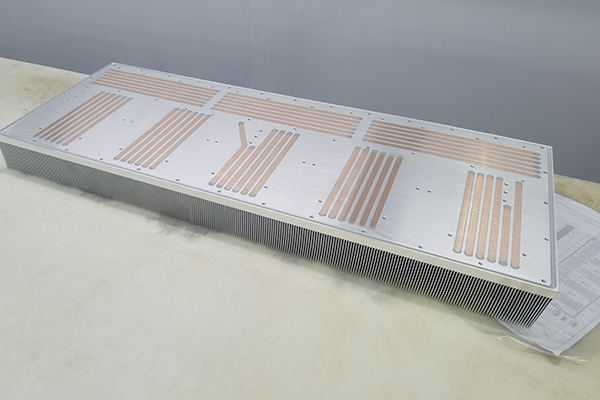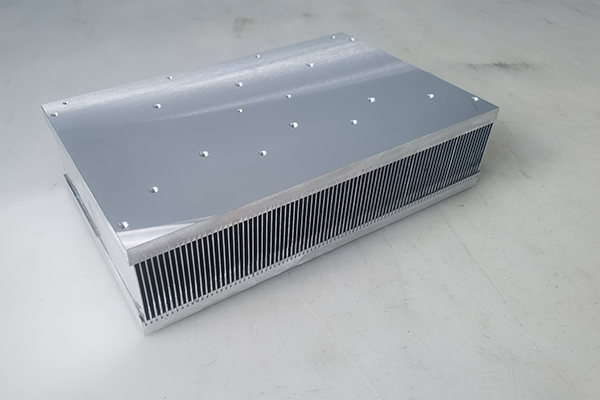The radiator material used for electronic cooling applications is almost always aluminum or copper.

Aluminum is light, easy to manufacture and cost-effective, making it ideal for most heat sinks. Alloys 6061 and 6063 are the most common alloys, while 1050 and 1100 are purer and have slightly higher electrical conductivity. Its heat transfer capacity and thermal conductivity are about half of that of copper. This limits the distance the heat can travel from the heat source at the bottom of the radiator.

When the heat sink needs to improve its performance, copper with a thermal conductivity of about 400 W/mK can be used. A typical alloy for copper plates is CDA110 (391 w/mK). The downside is that copper weighs three times as much as aluminum and costs twice as much. Its processing speed is also slightly slower than aluminum. Some types of radiators (e.g. adhesive fins) can be made of two materials: one for the base and one for the fins.
